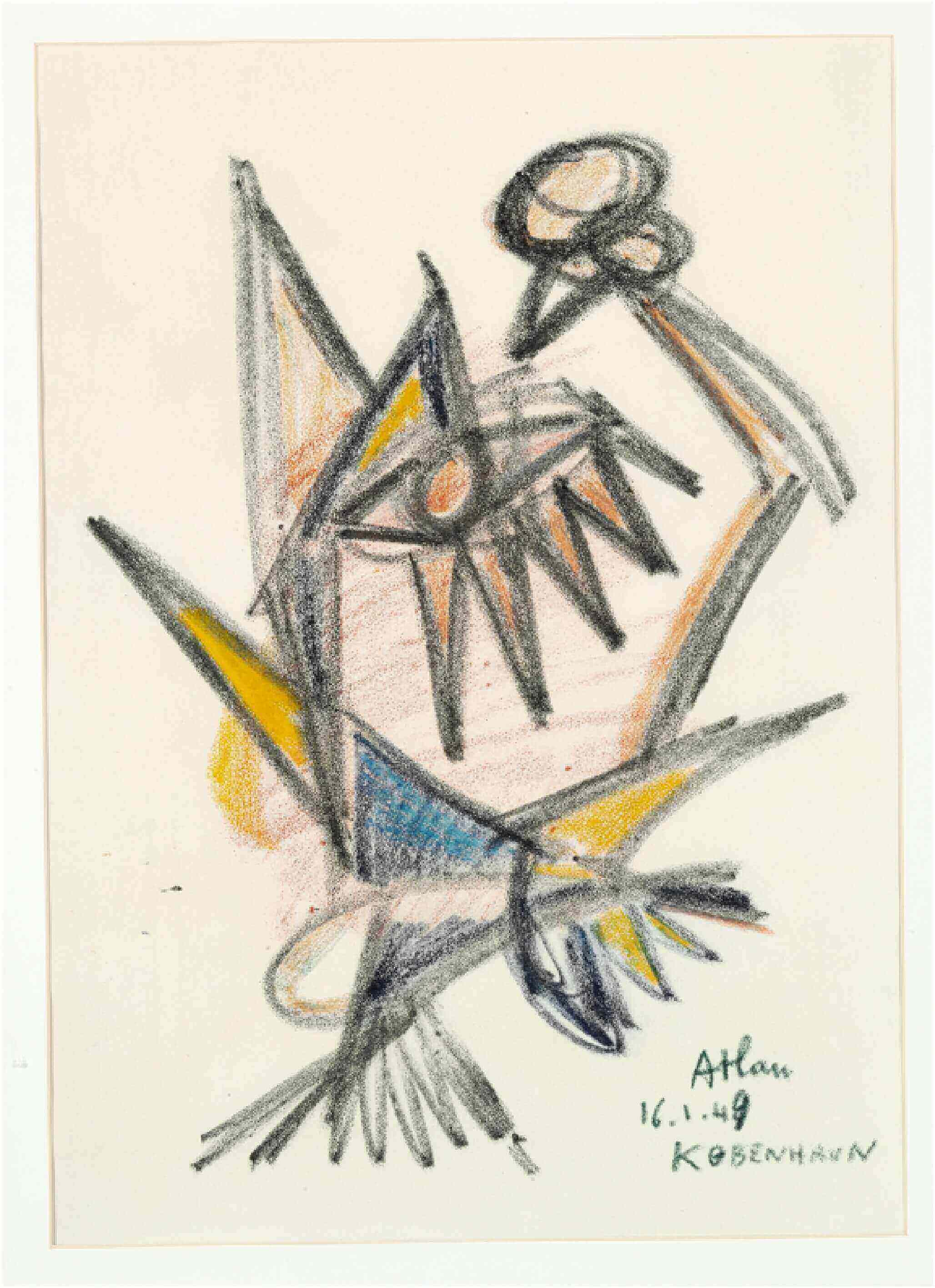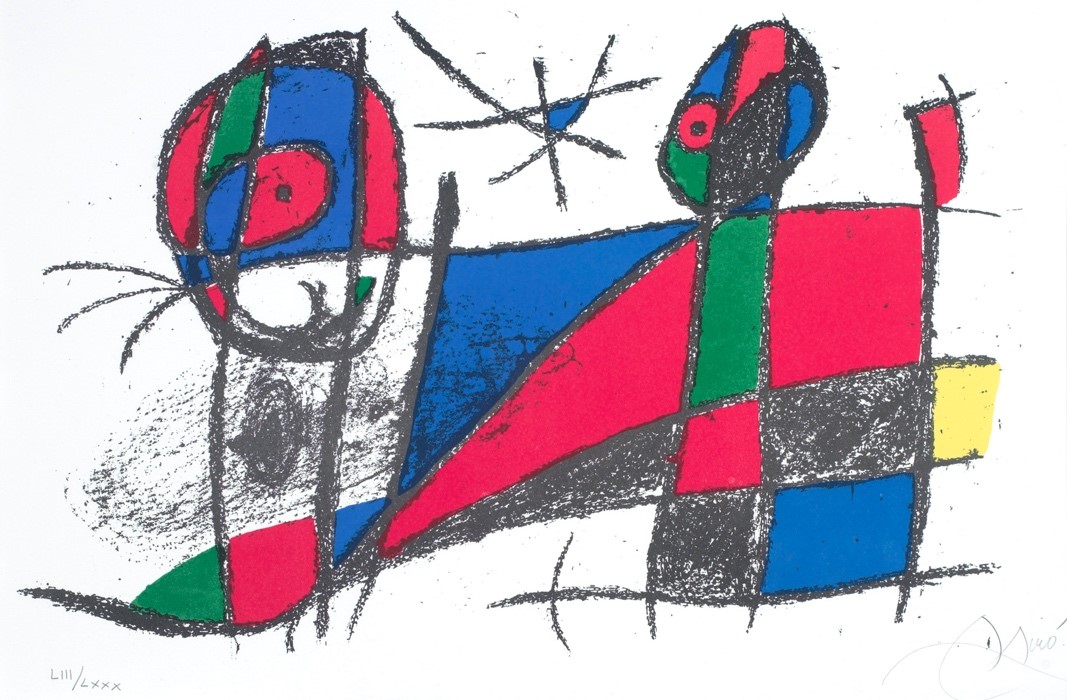By Dr. Peter Lorange
Art and business are typically seen as two different things. While art tends to be associated with beauty, inspiration, and a positive experience, business is often focused on entirely different issues such as profits, revenue and competition. Art goes with expression, and business with results.

My own experience calls for seeing art and business more closely together. This means an art-inspired approach to business, as explained in my new book. I have broached this topic in part in earlier articles in The European Business Review1 and I by IMD.2 Also, UBS,3 the Swiss bank, have discussed how my approach to collecting art differs from that of typical collectors, who tend to go more for artworks with high potential for profit. However, few collectors seem to have brought the two topics, art and business, together like I did, as discussed in my new book Art and Business.4
My own experience calls for seeing art and business more closely together. This means an art-inspired approach to business, as explained in my new book.
I have classified my art collection, some 125 items, into ten categories, each of which is relevant to me by lending support to decisions I have made, inspiring me, giving me confidence, and even steering me to improve on particular decisions. These ten categories are quality, diversity, risk/uncertainty, networking, speed, cycle management, discipline, positivity and honesty/integrity.

It might perhaps be useful for the reader that I provide a few examples regarding my unique approach to decision-making with inspiration from art. Consider first the art piece exhibited at the start of this article— a modern sculpture in aluminum and enamel by the world-famous artist Gerold Miller. For me, this inspires discipline. For instance, when I invested in a highly successful German pharmaceutical firm, I spent a lot of time carefully analyzing the virtues of its products, potential markets, sales approach and competition. In retrospect, this has turned out to be a great decision, and I am thankful to Miller.
Let us now consider a drawing by the renowned contemporary French artist, Jean-Michel Atlan.
To me, this artwork represents speed. I was leaning on this when it came to ordering a large new offshore supply ship, a USD 50M decision. In that case, I had to make up my mind quickly, since both the available slot at the yard and the financing might otherwise disappear. In retrospect, this turned out to be another good decision. This ship was the largest offshore supply ship of its kind, and a great success. Again, I thank the artist.
Few collectors seem to have brought the two topics, art and business, together like I did, as discussed in my new book ‘Art and Business.’
I have invested in more than ten unique real estate projects in the US where the approach has been to purchase older, often run-down buildings and renovate them, and then sell or rent the properties. This is indeed an example of circular economy at work – making use of the existing, rather than demolishing and discarding. For me, this is positivity. This lithograph by the Spanish artist Miro stands for such positivity, in my book.

Retail price NOK 420- (CHF 35.-, EUR 35.-, USD 40.-)
For more info about shipping: https://museumsforlaget.no/english/
I have been exposed to my fair share of luck – good as well as bad. Despite this, the economic results from my investments are quite high. The link between art and business seems to have paid off.




































